How can I make my house safer for the elderly?
Preventing senior accidents at home is crucial for their safety and independence. Remove tripping hazards like loose rugs and clutter, and install handrails and grab bars in key areas such as stairways and bathrooms. Ensure proper lighting throughout the home, especially in hallways and entryways. Use non-slip mats in the bathroom, and consider shower chairs and handheld shower heads for added stability. Organize the kitchen to keep frequently used items within easy reach and use appliances with automatic shut-off features. Set reminders for medication schedules and keep emergency contacts accessible. Regular health and home safety assessments can identify and address potential risks, creating a safer living environment for seniors.
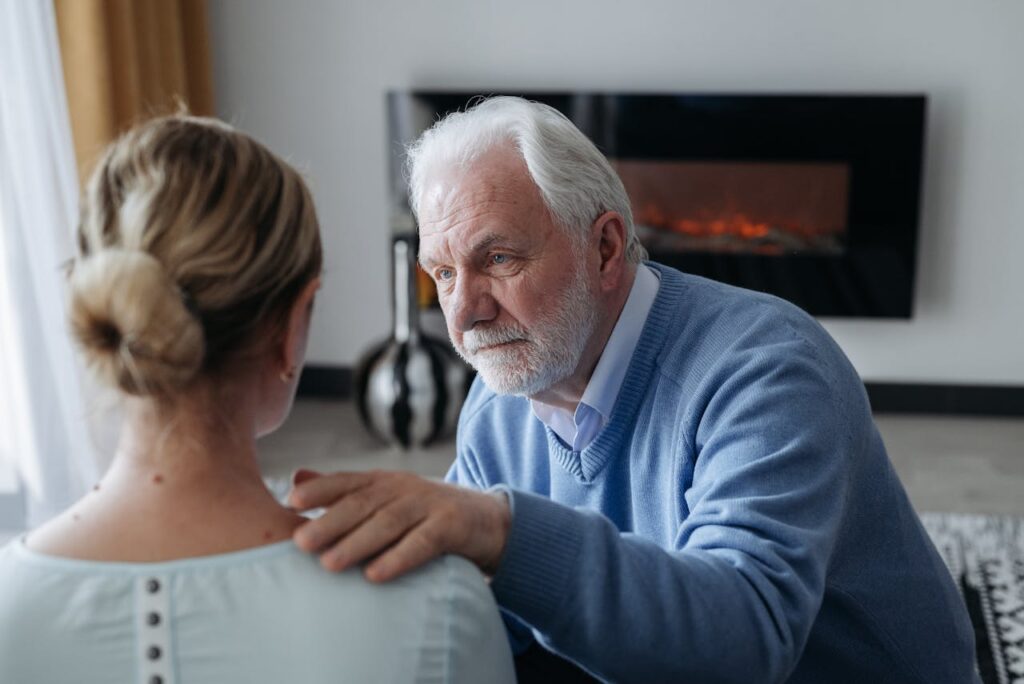
Preventing Senior Accidents at Home
By implementing these strategies, seniors can significantly reduce the risk of home accidents and create a safer living environment.
Fall Prevention: Remove tripping hazards by keeping floors clear of clutter, securing loose rugs, and ensuring cords are out of walkways. Install handrails and grab bars in key areas like stairways and bathrooms. Improve lighting, especially in stairways and entryways, and use night lights. Encourage wearing non-slip, supportive shoes indoors.
Bathroom Safety: Use non-slip mats in the bathtub and shower. Consider shower chairs and handheld shower heads for support. Set the water heater below 120°F to prevent burns.
Kitchen Safety: Keep frequently used items within easy reach. Use appliances with automatic shut-off features and keep a fire extinguisher accessible.
Summary of key strategies to prevent senior accidents at home, ensuring their safety and well-being.
| Category | Strategy | Explanation |
|---|---|---|
| Fall Prevention | Remove Tripping Hazards | Keep floors clear of clutter, secure loose rugs with non-slip backing, and ensure cords are out of walkways. This reduces the risk of tripping and falling. |
| Install Handrails and Grab Bars | Place handrails and grab bars in key areas like stairways, bathrooms (near toilets and in the shower), and hallways to provide support and stability. | |
| Improve Lighting | Ensure all areas, especially stairways and entryways, are well-lit to improve visibility. Use night lights in bedrooms and bathrooms to prevent nighttime falls. | |
| Wear Proper Footwear | Encourage wearing non-slip, supportive shoes indoors instead of slippers or socks to reduce the risk of slipping. | |
| Bathroom Safety | Use Non-Slip Mats | Place non-slip mats in the bathtub and shower to prevent slipping on wet surfaces. |
| Shower Chairs and Handheld Shower Heads | Use shower chairs and handheld shower heads for added support and to reduce the need to stand for long periods, minimizing fall risk. | |
| Temperature Regulation | Set the water heater to a safe temperature (below 120°F) to prevent burns from hot water. | |
| Kitchen Safety | Organize for Accessibility | Keep frequently used items within easy reach to avoid the need for step stools, reducing the risk of falls. |
| Use Automatic Shut-Off Appliances | Use appliances with automatic shut-off features to prevent fires if they are accidentally left on. | |
| Fire Extinguishers | Keep a fire extinguisher easily accessible and know how to use it to quickly address any kitchen fires. |
Emergency Preparedness
Emergency preparedness is crucial for seniors to ensure safety during unexpected situations. Keep a phone within easy reach at all times, especially in bedrooms and living areas. Maintain a list of emergency contacts and medical information in an accessible location. Consider using a medical alert system for immediate assistance. Regularly check and maintain smoke and carbon monoxide detectors. Keep a fire extinguisher readily available and ensure everyone knows how to use it. Have a basic emergency kit with essentials like water, medication, and first-aid supplies. Planning and readiness can significantly reduce risks and ensure quick responses during emergencies.
What are the 5 phases of emergency preparedness?
The five phases of emergency preparedness are essential to ensure comprehensive planning and response to emergencies. Here are the phases:
Prevention (Mitigation):
- Goal: Reduce the likelihood and impact of disasters.
- Actions: Implement measures such as building codes, land use planning, and public education to minimize risks.
Preparedness:
- Goal: Ensure readiness to respond effectively to emergencies.
- Actions: Develop emergency plans, conduct training and drills, establish communication systems, and stockpile necessary supplies.
Response:
- Goal: Provide immediate assistance during and after an emergency.
- Actions: Activate emergency plans, deploy emergency services, provide medical care, and ensure the safety and well-being of affected individuals.
Recovery:
- Goal: Restore normalcy and rebuild the affected community.
- Actions: Conduct damage assessments, provide financial assistance, support rebuilding efforts, and offer mental health services to affected individuals.
Mitigation (Prevention):
- Goal: Implement lessons learned to prevent future disasters.
- Actions: Analyze the response and recovery phases, update emergency plans, improve infrastructure, and enhance community resilience to future emergencies.
Conclusion
Ensuring the safety of seniors at home is crucial for their well-being and independence. Implementing strategies such as removing tripping hazards, installing handrails and grab bars, and improving lighting can significantly reduce the risk of falls. In the bathroom, use non-slip mats and consider shower chairs and handheld shower heads for added stability. In the kitchen, keep frequently used items within easy reach and use appliances with automatic shut-off features. Regularly check and maintain emergency preparedness by keeping contacts accessible and ensuring smoke and carbon monoxide detectors are functional. These measures create a safer living environment, promoting the safety and independence of elderly individuals.
Related Articles
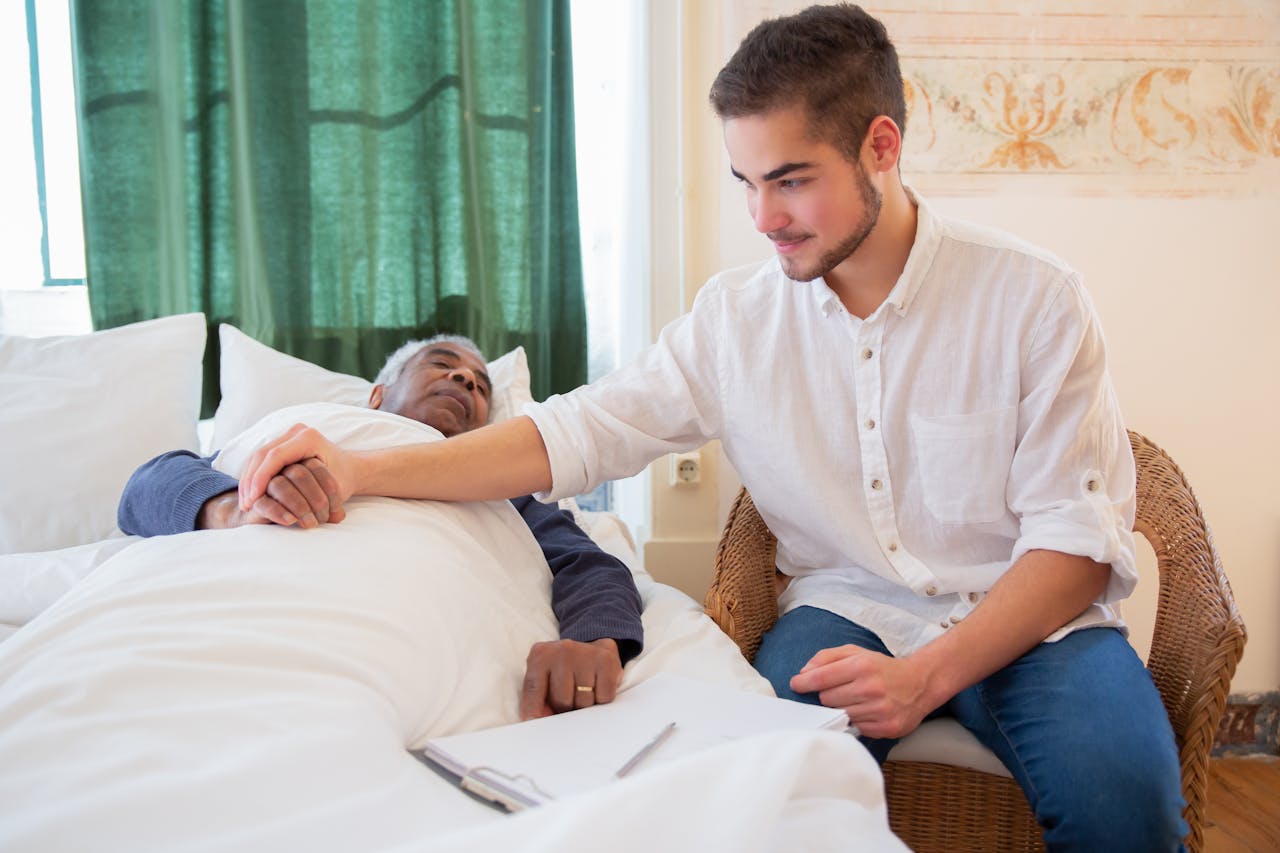
What is Palliative Care?
Palliative care is a specialized medical care approach focused on providing relief from the symptoms and stress of a serious illness.
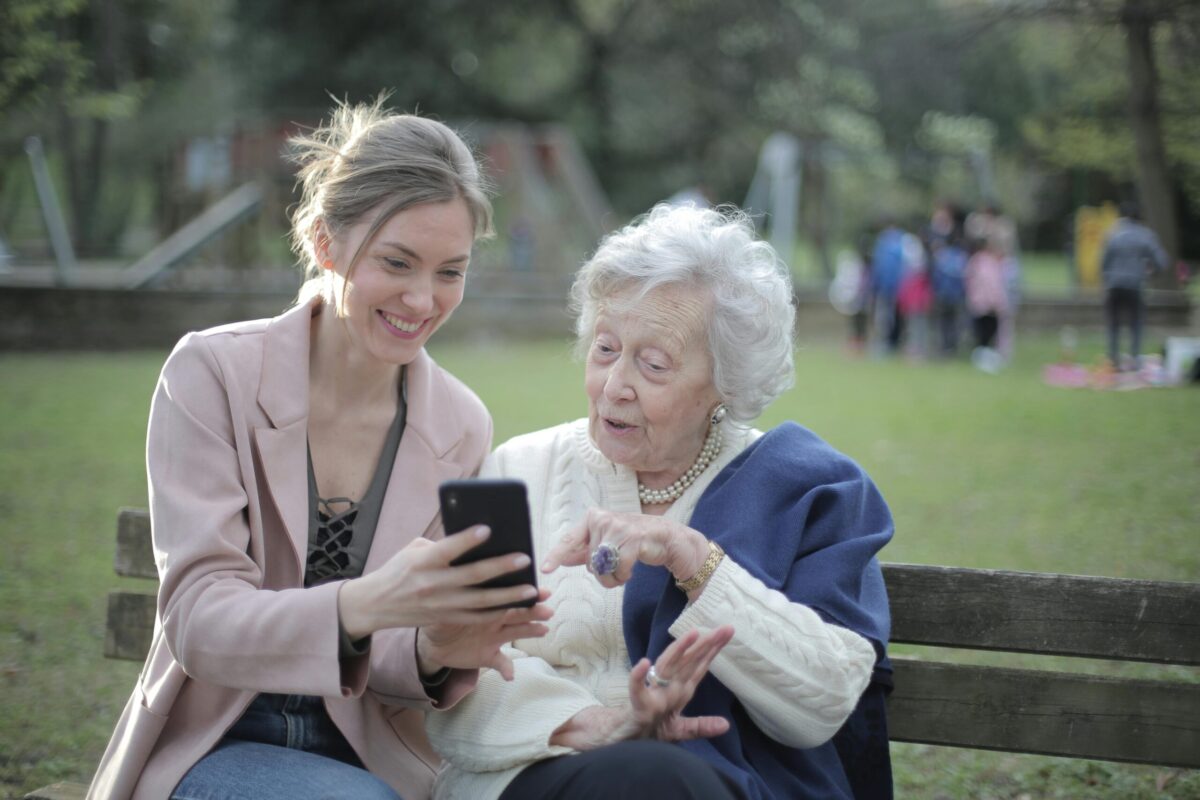
Understanding Assisted Living
Assisted living provides older adults with a residential option that combines housing, personal care, and health services.
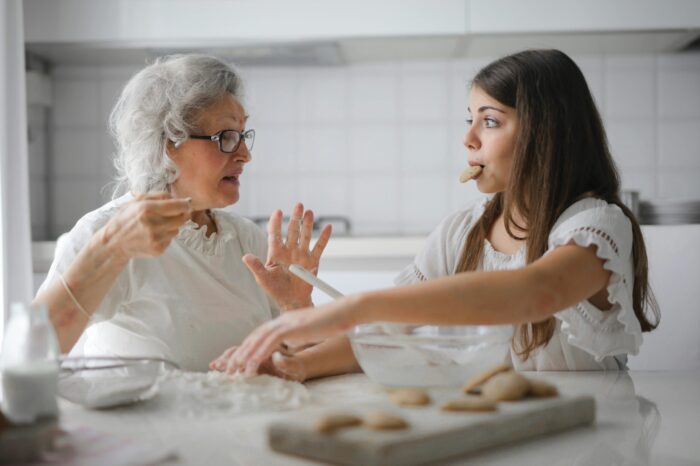
Introduction to Nursing Homes
Assisted living offers daily support and independence; nursing homes provide 24/7 medical care;
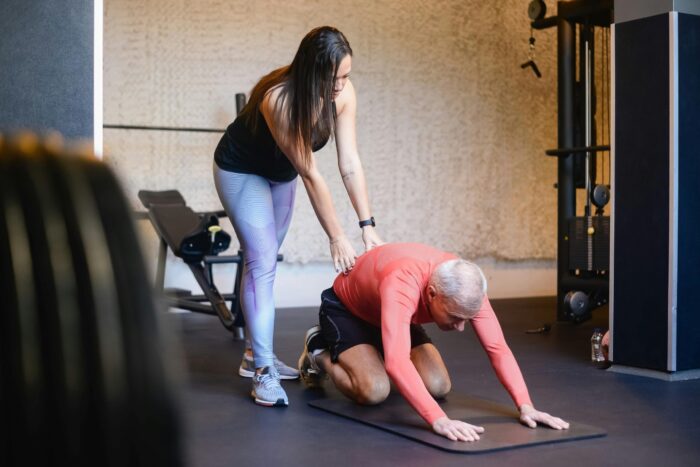
Benefits of Yoga for Seniors
Discover how yoga can enhance flexibility, balance, and mental well-being





